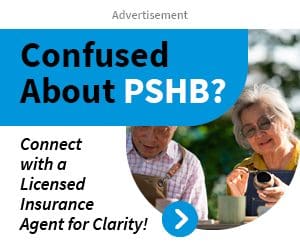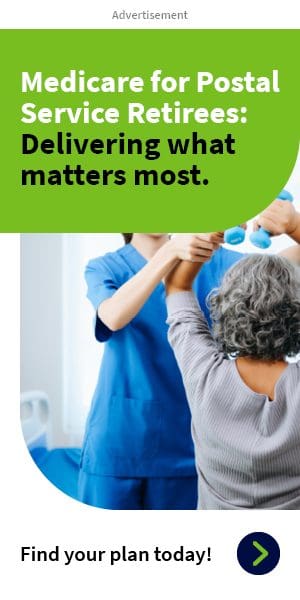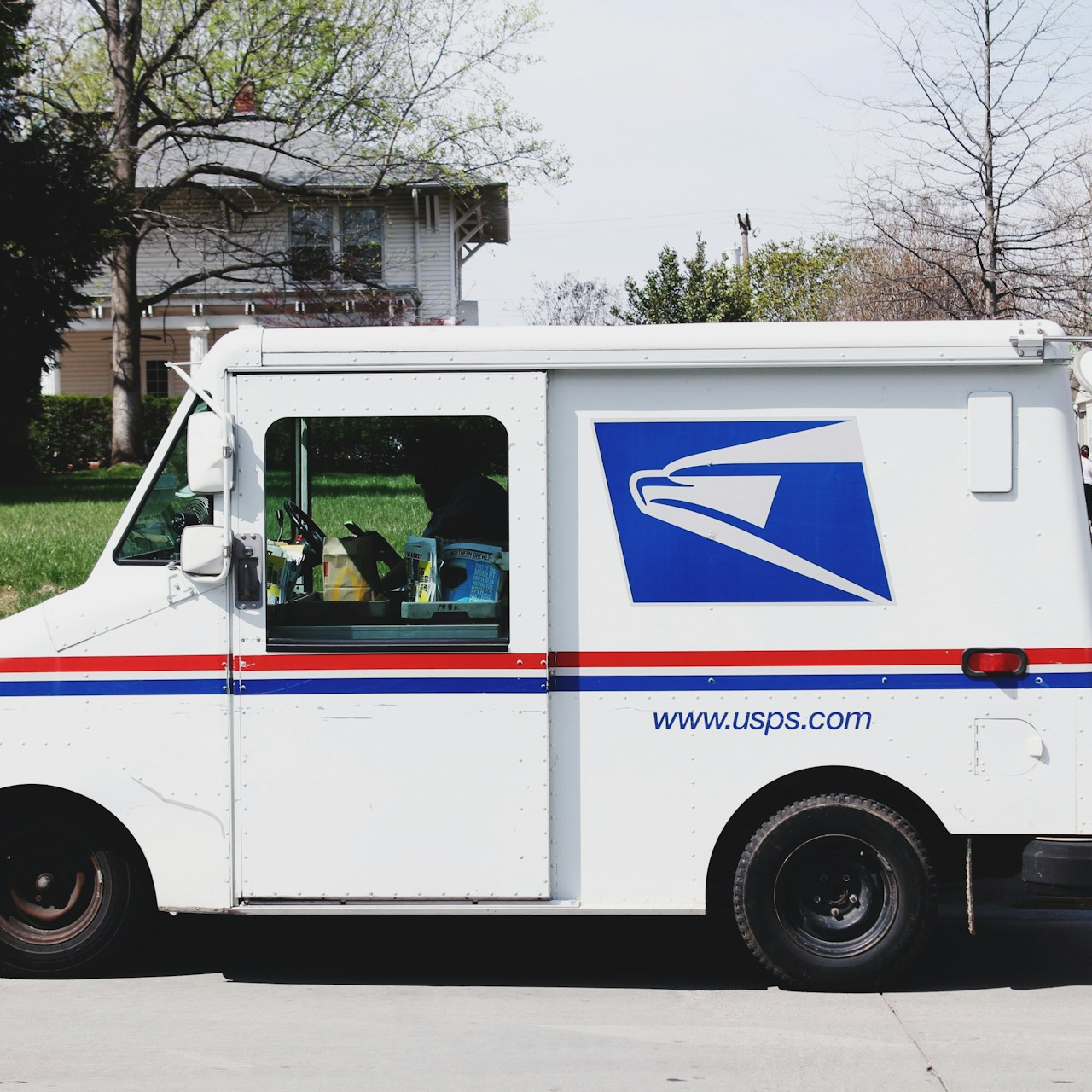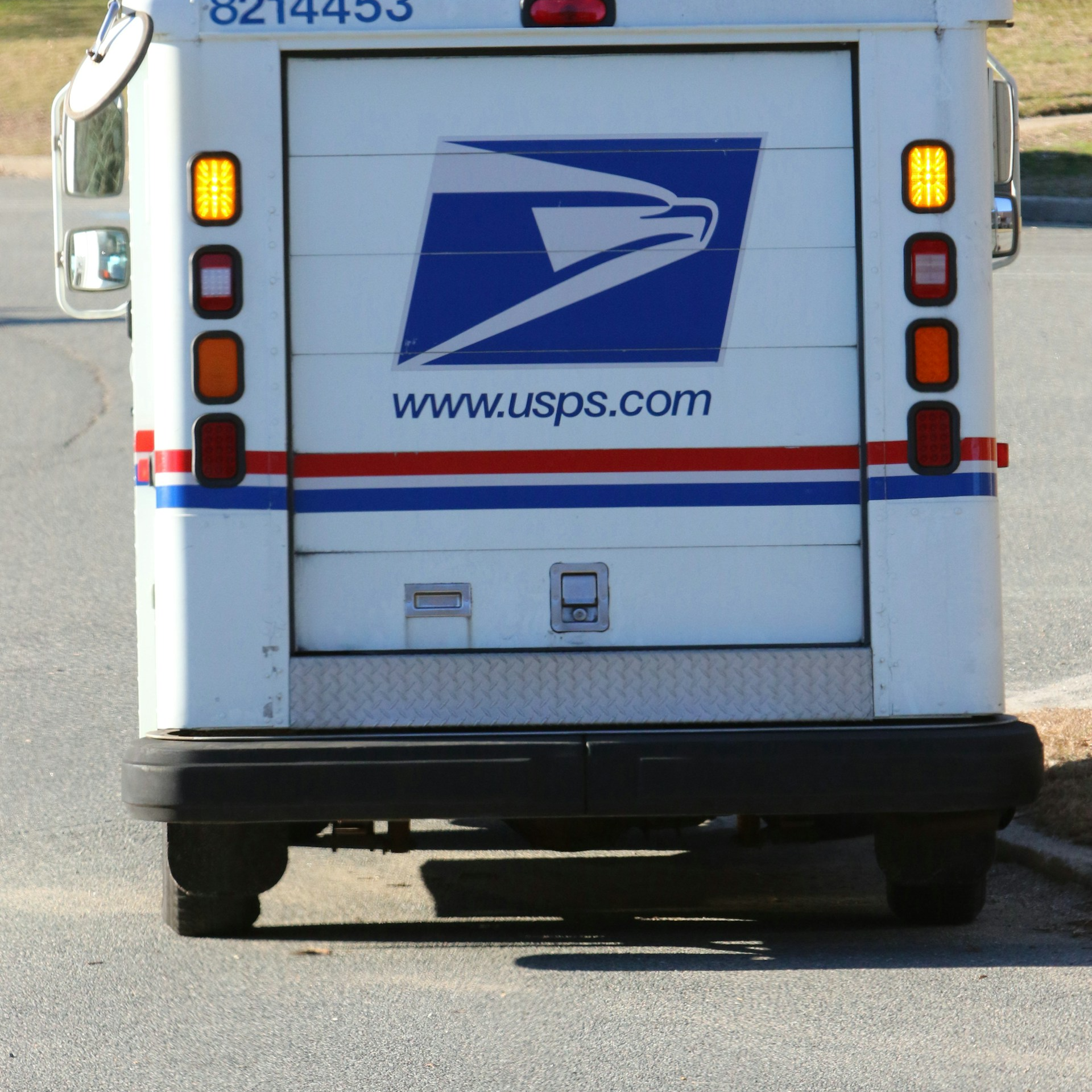Key Takeaways
- The transition from FEHB to PSHB introduces new coverage options and requirements specifically designed for USPS employees and annuitants.
- Understanding the key differences and preparing for the changes is crucial for a smooth transition to the PSHB Program.
Impact of PSHB on Current Postal Employees: What to Expect
The Postal Service Health Benefits (PSHB) Program, established by the Postal Service Reform Act of 2022, will replace the Federal Employees Health Benefits (FEHB) Program for USPS employees and annuitants starting January 1, 2025. This transition brings several changes in terms of coverage, costs, and eligibility requirements. Here’s what current postal employees can expect from this shift.
Overview of PSHB: What Postal Employees Should Know
The PSHB Program is a new health benefits system designed exclusively for USPS employees, retirees, and their eligible family members. Administered by the Office of Personnel Management (OPM), the PSHB aims to provide tailored health benefits that address the specific needs of the postal workforce. Starting January 1, 2025, the PSHB Program will replace the FEHB coverage for these groups, offering plans that are specifically structured to cater to the healthcare requirements of postal workers.
Key Differences Between PSHB and FEHB
While both the PSHB and FEHB programs are designed to provide comprehensive health coverage, there are significant differences:
- Target Group: FEHB covers a broad range of federal employees, whereas PSHB is specifically tailored for USPS employees and annuitants.
- Plan Options: PSHB will offer health plans tailored to the healthcare needs of postal workers, which may differ in terms of benefits and services compared to those available under FEHB.
- Medicare Integration: PSHB requires Medicare-eligible annuitants to enroll in Medicare Part B, which integrates with the PSHB coverage to provide comprehensive healthcare services.
Changes in Health Coverage and Benefits
The shift to PSHB will bring changes in the types of coverage and benefits available:
- Customized Plans: PSHB plans are designed to meet the unique healthcare needs of postal employees and annuitants, potentially offering more relevant benefits compared to FEHB plans.
- Integrated Medicare Benefits: For Medicare-eligible annuitants, PSHB plans will work alongside Medicare Part B, ensuring comprehensive coverage and reducing out-of-pocket costs.
- Specialty Services: PSHB may include benefits specific to common health issues and concerns within the postal workforce.
Cost Implications for Current Employees
Understanding the cost implications of the PSHB Program is crucial for planning healthcare expenses:
- Premiums: Similar to FEHB, the government will contribute towards the premiums for PSHB plans. However, specific rates and contributions will be tailored to the needs of USPS employees and retirees.
- Out-of-Pocket Costs: With the integration of Medicare for eligible annuitants, out-of-pocket expenses may be lower as Medicare will cover a significant portion of healthcare costs, including services that Medicare does not fully cover.
- Additional Costs: Medicare-eligible annuitants will need to consider the cost of Medicare Part B premiums in their overall healthcare budgeting.
Enrollment Process and Deadlines for PSHB
The enrollment process for PSHB will involve several steps to ensure a smooth transition:
- Automatic Enrollment: Current USPS employees and retirees enrolled in FEHB will be automatically transitioned to PSHB. There is no need for manual re-enrollment.
- Special Enrollment Period (SEP): A SEP from April 1, 2024, to September 30, 2024, allows for adjustments and enrollment in Medicare Part B for eligible annuitants. This period is crucial for ensuring a seamless transition to PSHB without facing late enrollment penalties.
- Enrollment Packages: USPS will distribute detailed enrollment packages with instructions and forms to facilitate the transition. These packages will guide employees and annuitants through the necessary steps.
Resources and Support for a Smooth Transition
To assist with the transition from FEHB to PSHB, several resources and support systems will be available:
- Information Sessions: USPS and OPM will conduct information sessions to educate employees and annuitants about the new program and its benefits.
- Customer Support: Dedicated customer support lines will be available to answer questions and assist with the transition process.
- Online Resources: Detailed information and updates will be available on the USPS and OPM websites, providing easy access to necessary documents and guidelines.
Frequently Asked Questions About PSHB and Its Impact
- What is the PSHB Program?
- The PSHB Program is a new health benefits system designed exclusively for USPS employees, retirees, and their eligible family members, replacing the FEHB Program starting January 1, 2025.
- Who is eligible for PSHB?
- Only current USPS employees and annuitants are eligible for the PSHB Program. Medicare-eligible annuitants must enroll in Medicare Part B to qualify.
- How will PSHB affect my current health coverage?
- PSHB will offer plans tailored to the healthcare needs of postal workers, with integrated Medicare benefits for eligible annuitants, potentially offering more relevant and comprehensive coverage compared to FEHB plans.
- Will my premiums change under PSHB?
- Premiums will be structured to meet the needs of USPS employees and retirees, with government contributions similar to FEHB. Specific rates will be provided during the enrollment period.
- What resources are available to help with the transition?
- USPS and OPM will provide information sessions, customer support lines, and online resources to assist with the transition.
Preparing for the Transition to PSHB
The transition from FEHB to PSHB represents a significant change for USPS employees and annuitants. By understanding the key differences, eligibility requirements, and enrollment processes, you can ensure a smooth transition to the new program. Utilize the resources and support provided by USPS and OPM to navigate the changes effectively and ensure you receive the comprehensive coverage you need.
Contact Information:
Email: [email protected]
Phone: 9045552345










